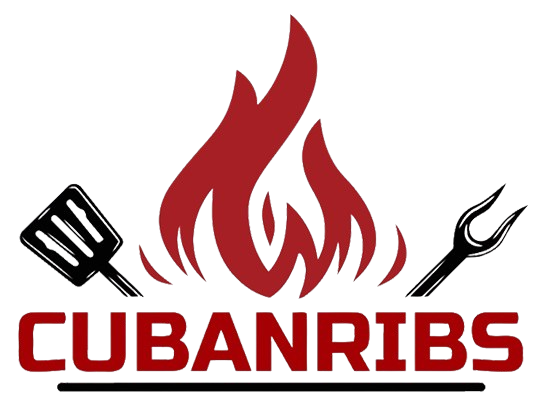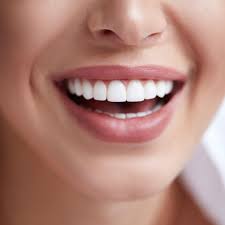Quick Action Steps You Should Take During Oral Health Crises
Dental emergencies can happen anytime, from a knocked-out tooth to severe pain at night. Acting quickly and knowing what to do can save your smile and ease discomfort. This guide offers practical tips to handle common dental crises with confidence.
Recognizing an Oral Health Crisis
Not every dental issue requires a race to the dentist, but certain problems qualify as true emergencies. Recognizing when you’re in crisis mode is the first step toward effective action. Common oral health crises include:
- Knocked-out (avulsed) teeth
- Cracked, fractured, or broken teeth
- Severe toothache or sudden pain
- Lost fillings or crowns
- Abscesses, swelling, or gum infections
- Uncontrolled oral bleeding
If you encounter any of the above, quick action is crucial.
Knocked-Out Tooth What to Do Immediately
A knocked-out “permanent” adult tooth is time-sensitive. The first 30-60 minutes are critical if you want to save the tooth.
Quick Action Steps
- Stay calm and, if possible, find the tooth immediately.
- Only pick up the tooth by the crown (the chewing surface), never the root.
- If dirty, rinse gently with milk or saline. Avoid scrubbing or using soap.
- Try to reinsert the tooth into the socket, root side down. Bite on a cloth gently to keep it steady.
- If reinsertion isn’t possible, store the tooth in milk, saline, or inside your cheek to keep it moist.
- Seek emergency dental care right away.
Pro tip: Never put a baby tooth back in. If a child loses a primary tooth, see the dentist, but do not attempt to reinsert.
Severe Tooth Pain and Toothaches Taking the First Steps
Severe toothaches can have many causes, from deep decay and nerve infections to sinus issues. Here’s how to triage at home before seeing a professional.
Quick Action Steps
- Rinse your mouth with warm water to cleanse the area.
- Gently floss to remove any trapped debris that might be causing pain.
- Avoid placing aspirin directly on gums or teeth, as this can cause burns.
- Take over-the-counter pain medication as directed, and use a cold compress on the cheek to relieve swelling.
- If pain persists more than a day or is accompanied by fever or swelling, contact your dentist ASAP.
Broken, Cracked, or Chipped Teeth Handling Dental Trauma
Enamel is tough, but not invincible. Biting something hard or trauma to the face can break or crack teeth.
Quick Action Steps
- Save any broken fragments, if possible.
- Rinse your mouth with warm water to clean the area.
- Apply gauze if there’s bleeding, holding it in place for 10 minutes.
- Use a cold compress to reduce swelling or bruising.
- Cover any sharp edges with dental wax or sugar-free gum to protect your mouth from cuts.
- Schedule an emergency dental appointment as soon as possible.
Lost Fillings or Crowns How to Protect the Tooth
A lost filling or crown leaves your tooth exposed and vulnerable to further damage or sensitivity.
Quick Action Steps
- Save the crown or filling if possible.
- If the exposed tooth is uncomfortable, cover it with dental cement (available at pharmacies) or sugar-free gum as a temporary fix.
- Avoid biting or chewing on the affected side.
- Make an appointment with your dentist promptly for a repair.
Dental Abscesses and Swelling Why You Should Never Wait
Abscesses can escalate quickly and may be life-threatening if the infection spreads.
Quick Action Steps
- Rinse the mouth with salt water several times a day to draw out some infection.
- Do not attempt to drain or pop the abscess yourself.
- Use a cold compress to reduce swelling and help alleviate pain.
- Take over-the-counter pain relief if needed but avoid heat, which can make infection worse.
- Get professional dental care right away. If you have trouble swallowing, breathing, or develop a high fever, go to the emergency room.
Uncontrolled Oral Bleeding Taking Immediate Control
Continued bleeding after dental work, injury, or spontaneously can be dangerous if not managed.
Quick Action Steps
- Gently rinse your mouth with cold water.
- Apply clean gauze or a tea bag (tannic acid can help clotting) to the area. Bite down with firm, steady pressure.
- Keep your head elevated to minimize swelling.
- If bleeding persists for longer than 20 minutes despite pressure, or if you are on blood thinners, seek immediate medical help.
When to Visit the ER for Dental Emergencies
While your dentist should be your first call for dental emergencies, some situations need hospital attention:
- Severe infections with fever or facial swelling impeding breathing or swallowing.
- Uncontrollable bleeding.
- Major trauma to the face or jaw.
Prompt professional care, such as an emergency dentist like those offered in Lafayette, is non-negotiable for these cases.
Creating an At-Home Dental Emergency Kit
The best defense is preparation. Stocking an at-home kit can make handling dental emergencies easier:
- Dental wax or temporary filling material
- Sterile gauze pads
- Non-latex gloves
- Over-the-counter pain medication
- Small container with a lid (for storing a tooth)
- Saline solution and/or salt packets
- Cold pack
Keep this kit in your bathroom or with your family first-aid supplies.
Prevention for Fewer Emergencies
While emergencies can’t always be avoided, you can reduce your risk:
- Wear a mouthguard during contact sports.
- Avoid chewing ice, popcorn kernels, or other hard foods.
- Never use teeth to open things or as tools.
- Maintain regular dental check-ups for early detection.
Conclusion
Oral health is essential for overall well-being, so prevention is key. In case of a dental emergency, acting quickly can make a big difference. Stay prepared and prioritize your oral care.
also read: Turning Tension into Teamwork: How a Workplace Conflict Consultant Can Help







